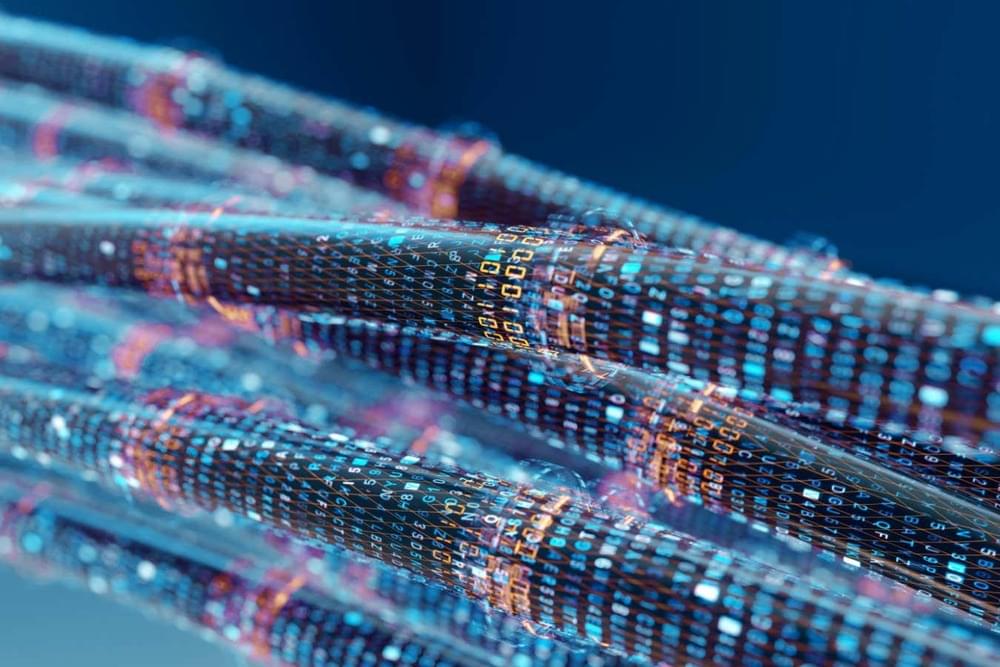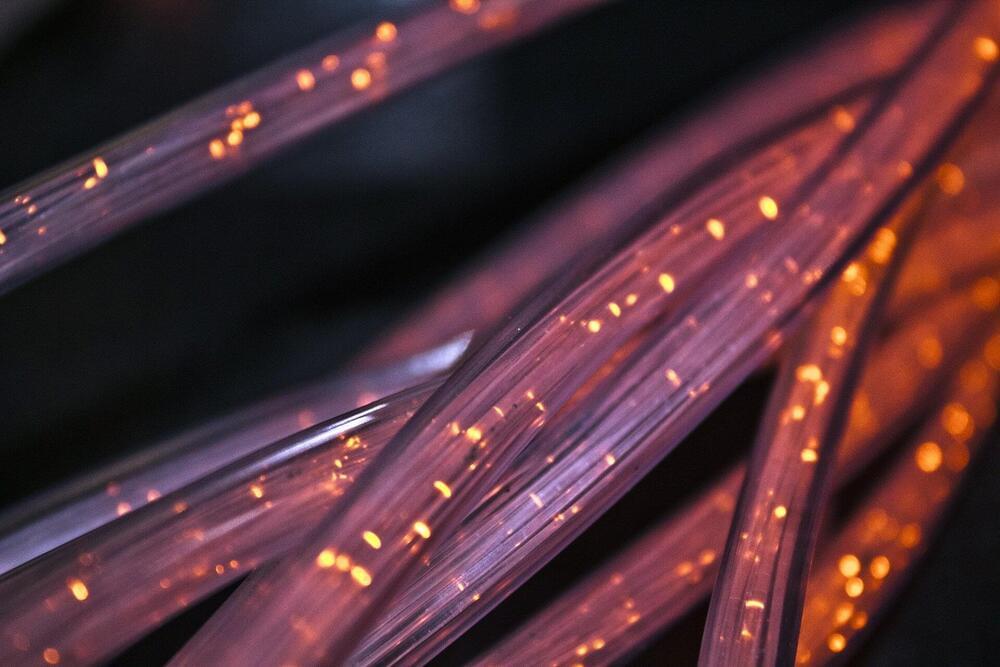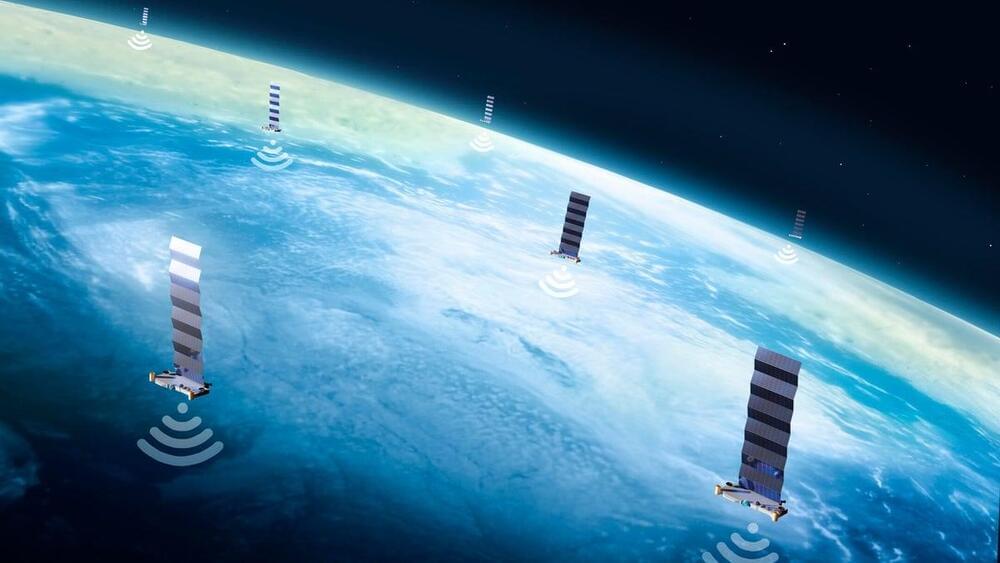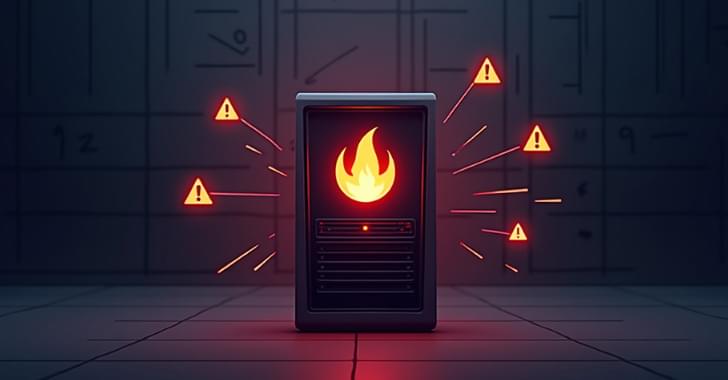An experiment showing that quantum and classical communication can be carried out through the same fibre at the same time may open the door to building a quantum internet with existing infrastructure.


An experiment showing that quantum and classical communication can be carried out through the same fibre at the same time may open the door to building a quantum internet with existing infrastructure.

Northwestern University engineers are the first to successfully demonstrate quantum teleportation over a fiberoptic cable already carrying internet traffic.
The discovery introduces the new possibility of combining quantum communication with existing internet cables—greatly simplifying the infrastructure required for distributed quantum sensing or computing applications.
The study is published on the arXiv preprint server and is due to appear in the journal Optica.

“The challenge is applying agentic AI in the enterprise setting or in innovation-driven industries, like materials science R&D or pharma, where there is higher uncertainty and risk,” said Connell. “These more complex environments require a very nuanced understanding by the agent in order to make trustworthy, reliable decisions.”
Also: What is Google’s Project Mariner? This AI agent can navigate the web for you.
As with analytical and gen AI, data — particularly real-time data — is at the core of agentic AI success. It’s important “to have an understanding of how agentic AI will be used and the data that is powering the agent, as well as a system for testing,” said Connell. “To build AI agents, you need clean and, for some applications, labeled data that accurately represents the problem domain, along with sufficient volume to train and validate your models.”
The brain is sometimes called the most complex machine in the known universe. But the thoughts that it outputs putter along at a trifling 10 bits per second, the pace of a conversation.
By Rachel Nuwer
People tend to have the sense that their inner thoughts and feelings are much richer than what they are capable of expressing in real time. Elon Musk has spoken publicly about this “bandwidth problem,” as he described it to podcaster Joe Rogan. Musk is so bothered by this, in fact, that he has made it one of his long-term goals to create an interface that allows the human brain to communicate directly with a computer, unencumbered by the slow speed of speaking or writing.

Caltech researchers have quantified the speed of human thought: a rate of 10 bits per second. However, our bodies’ sensory systems gather data about our environments at a rate of a trillion bits per second, which is 100 million times faster than our thought processes. This new study raises major new avenues of exploration for neuroscientists, in particular: Why can we only think one thing at a time while our sensory systems process thousands of inputs at once?
The research was conducted in the laboratory of Markus Meister, the Anne P. and Benjamin F. Biaggini Professor of Biological Sciences, and it was led by graduate student Jieyu Zheng. A paper describing the study appears in the journal Neuron.
A bit is a basic unit of information in computing. A typical Wi-Fi connection, for example, can process 50 million bits per second. In the new study, Zheng applied techniques from the field of information theory to a vast amount of scientific literature on human behaviors such as reading and writing, playing video games, and solving Rubik’s Cubes, to calculate that humans think at a speed of 10 bits per second.

Freethink spoke to Onion staffers about parodying news from the print era into the digital age.

Apple is reportedly developing a custom server processor to power its AI services. Codenamed “Project Baltra,” the initiative aims to bolster the AI capabilities integrated into Apple’s operating systems, with production expected to begin in 2026, according to The Information, which cites three unnamed sources familiar with the matter.
These sources indicate that Apple is partnering with semiconductor giant Broadcom for this endeavor. Apple now possesses a strong history and experience designing its own Arm-based silicon and already maintains an existing relationship with Broadcom in 5G component development.
While specific details remain scarce, it is speculated that Broadcom’s recent unveiling of its 3.5D eXtreme Dimension System in Package (3.5D XDSiP) technology could play a role in the project’s development.


As many as 296,000 Prometheus Node Exporter instances and 40,300 Prometheus servers have been estimated to be publicly accessible over the internet, making them a huge attack surface that could put data and services at risk.
The fact that sensitive information, such as credentials, passwords, authentication tokens, and API keys, could be leaked through internet-exposed Prometheus servers has been documented previously by JFrog in 2021 and Sysdig in 2022.
“Unauthenticated Prometheus servers enable direct querying of internal data, potentially exposing secrets that attackers can exploit to gain an initial foothold in various organizations,” the researchers said.